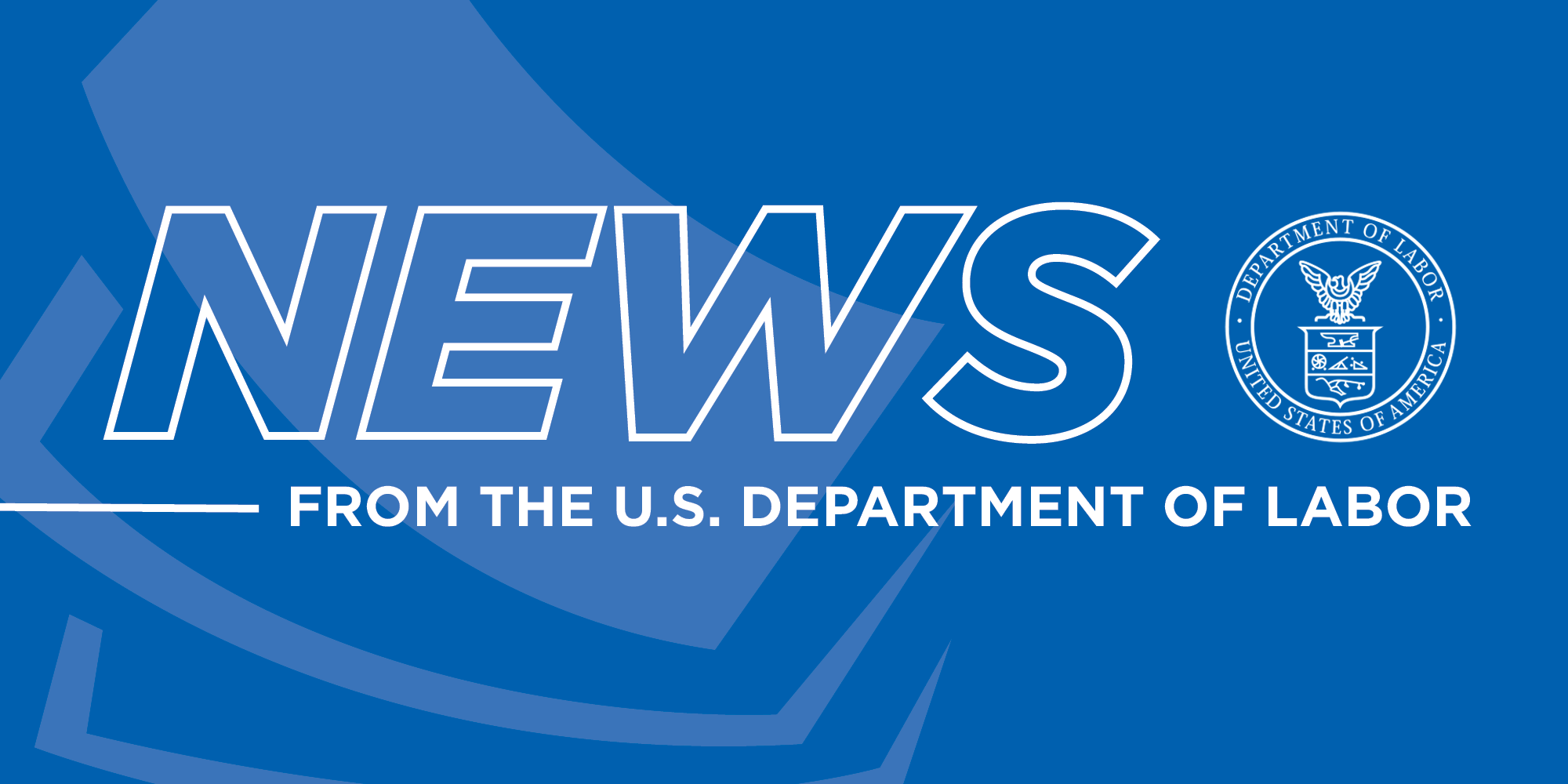
In a significant move to expand overtime protections, the Biden administration has finalized a rule that increases the salary threshold for exempting salaried employees from federal overtime pay requirements. The new rule will affect millions of lower-paid workers who have been doing the same job as their hourly counterparts but without additional pay when working extra hours.
Effective July 1, 2024, the salary threshold for exempting a salaried employee from federal overtime pay requirements will increase to $43,888 annually. This amount will further increase to $58,656 on January 1, 2025. Starting July 1, 2027, the salary thresholds will be updated every three years using up-to-date wage data to determine new salary levels.
Acting Secretary of Labor Julie Su stated that the rule restores the promise to workers that if they work more than 40 hours in a week, they should be paid more for that time. Wage and Hour Administrator Jessica Looman added that the rule provides clear, predictable guidance for employers on how to pay employees for overtime hours and offers more economic security to those working long hours without overtime pay.
The new rule will expand overtime protections to an additional 4 million workers. About 47% of these beneficiaries are women, and nearly a quarter are workers of color. The rule is expected to result in an income transfer of about $1.5 billion from employers to workers in its first year.
Business groups have expressed concerns over the increased costs and operational disruptions that may come with the new rule. Small business owners, particularly those in the South and Midwest, may be disproportionately impacted due to regional income data used. The National Restaurant Association expects this change will greatly restrict employee workplace flexibility and hurt career advancement opportunities.
The final rule updates the salary thresholds for executive, administrative, and professional employees under the Fair Labor Standards Act (FLSA). Employers have several options to comply with the new rule: they can raise their employees' base pay to meet or exceed the new threshold, convert salaried workers to hourly employees who need to punch a clock, or reduce their base pay and pay overtime for hours worked beyond 40 in a week. Careful communication is essential when implementing these changes.



